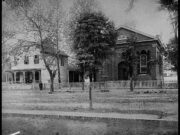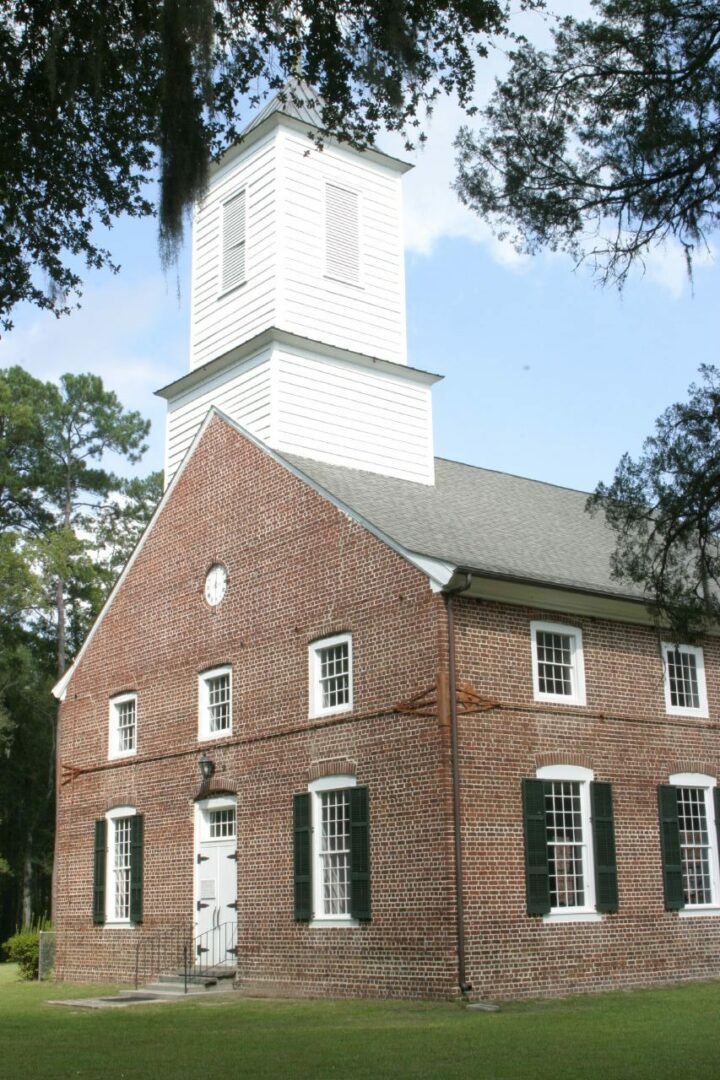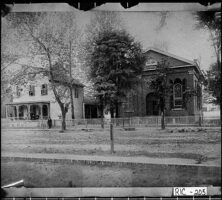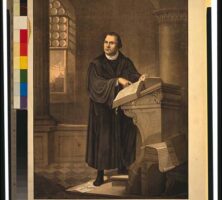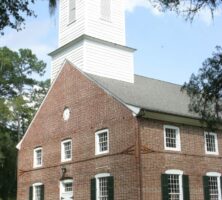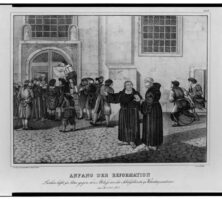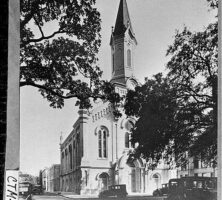Lutheranism, with more than 60 million members, is the largest of the Protestant denominations. It was founded in the early sixteenth century when a German monk, Martin Luther, protested the Roman Catholic Church’s practice of selling indulgences as part of the penance, or punishment, for those who sinned against church teachings.
Lutheranism is thus central to the Protestant Reformation and, aided by the rulers of many German principalities rebelling against the centralized power of the Holy Roman Empire, it rapidly spread throughout Germany and Scandinavia. It was imported into the Georgia colony in the early eighteenth century and by the turn of the millennium had established itself as a significant denomination within the state.
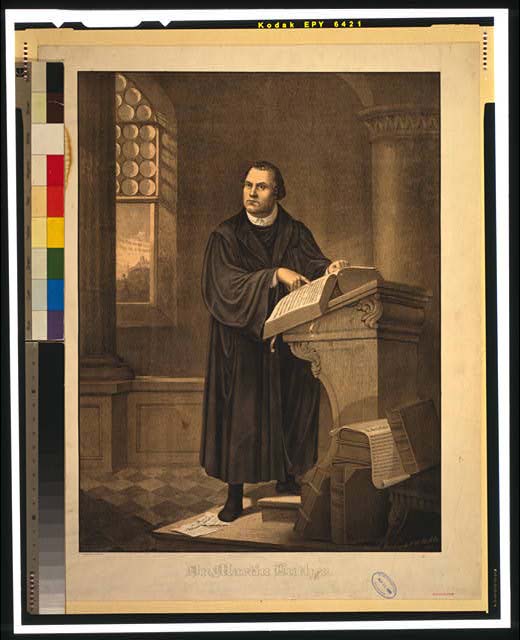
Origins
Luther believed that the church should reposition Christ as the center of Christian worship, and he objected to the governance of the Catholic Church, as well as its treatment of communion and plan for salvation. He voiced his dissent by composing ninety-five opinions (known as theses), which laid out his objections. Luther probably did not nail the theses to the door of the church at Wittenberg, as legend would have it, on October 31, 1517, but rather sent copies to various bishops, including the archbishop of Mainz. Copies were eventually forwarded to the pope. When Luther refused to recant, his writings were burned in Rome, Italy, and in 1521 he was excommunicated from the Catholic Church.
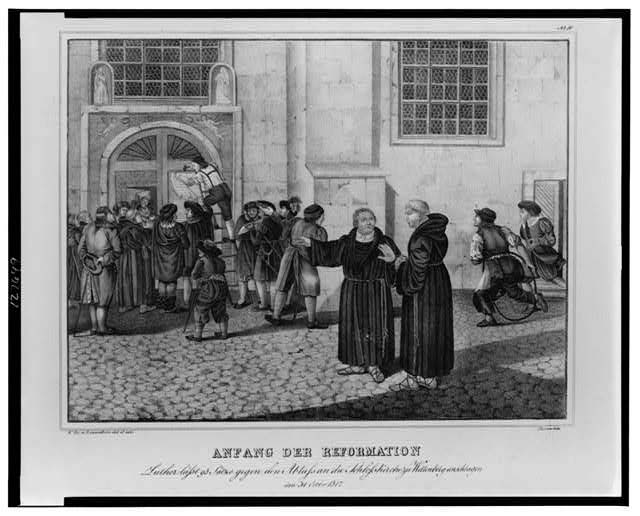
Luther’s central doctrine was “Justification through Faith,” the belief that salvation can only be attained by faith in the grace of God and not by the performance of good works. The first congregations identified themselves as “evangelical” and after 1530—when the twenty-eight articles basic to Lutheranism were presented to Holy Roman emperor Charles V at Augsburg—as “the churches of the Augsburg confession.” Lutheran teachings, which introduced the use of the vernacular and congregational singing, are preserved in the Book of Concord (1580).
Georgia’s First Lutherans
Under the direction of German baron Philip Georg Friedrich von Reck, a group of forty-six Lutherans arrived in Georgia in 1734, a year after James Oglethorpe founded the colony. Mostly religious expatriates from Salzburg, the group eventually settled in 1736 at a site they named New Ebenezer, located twenty miles northwest of Savannah. Over the next ten years, approximately 1,000 “Salzburger” Lutherans came to Georgia. They quickly went to work, sponsoring religious schools, building churches, and experimenting with various economic endeavors, including silk making, farming, and lumbering.
As the colony grew in stature before the Revolutionary War (1775-83), Lutheran churches in and around Savannah increased steadily in membership and standing, and members of Georgia’s Lutheran community contributed directly to the colony’s independence movement. For instance, in 1777 Georgians elected John Adam Treutlen, a former lay schoolmaster at Ebenezer, as the state’s first elected governor. After the war, Georgia Lutherans formed synodical affiliations with Lutheran parishes in Charleston, South Carolina, and in 1827 Ebenezer served as the host for the first synodical convention in Georgia.
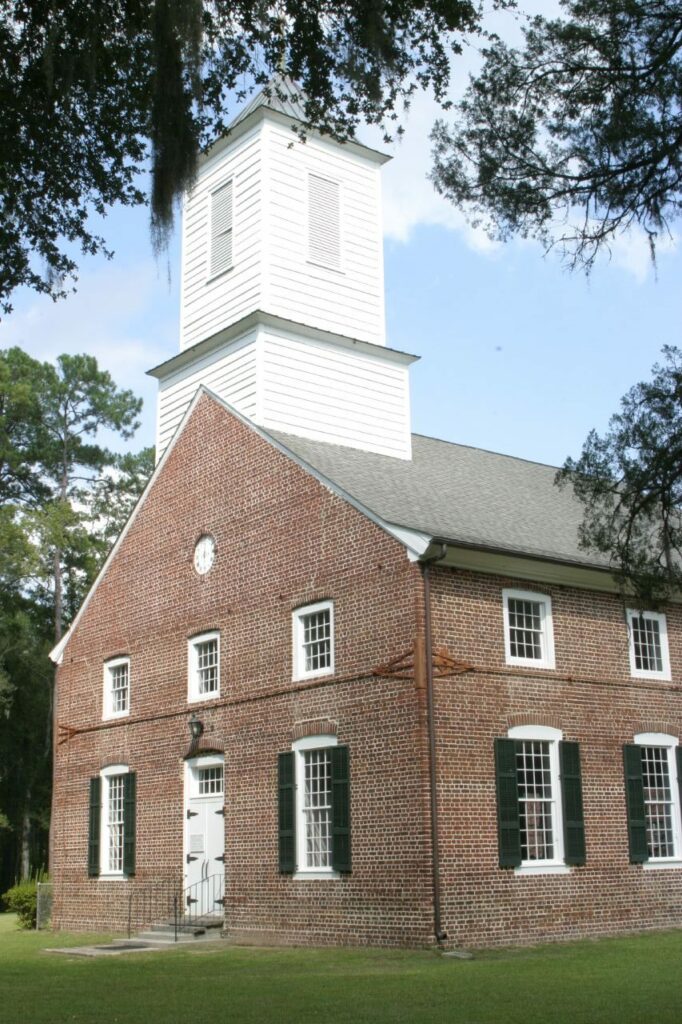
Antebellum and Civil War Years
As settlements pushed westward between the 1830s and 1850s, Georgia Lutherans increasingly sponsored missionary work, targeting slave owners, enslaved people, middling farmers, and yeomen. Like other Protestant missionaries during this era, they tended to affirm the status quo rather than any gospel of equality, deferring to the wealthy and powerful men in the communities they entered. For example, one church they founded in Macon had separate entries and seating for men, women, and enslaved Blacks. In direct competition with the well-organized elements of revivalist Baptist and Methodist groups, Lutheran missionaries had less success; by 1859 only eight Lutheran churches existed in the state, with a communicant strength of 655 whites and 61 Blacks.
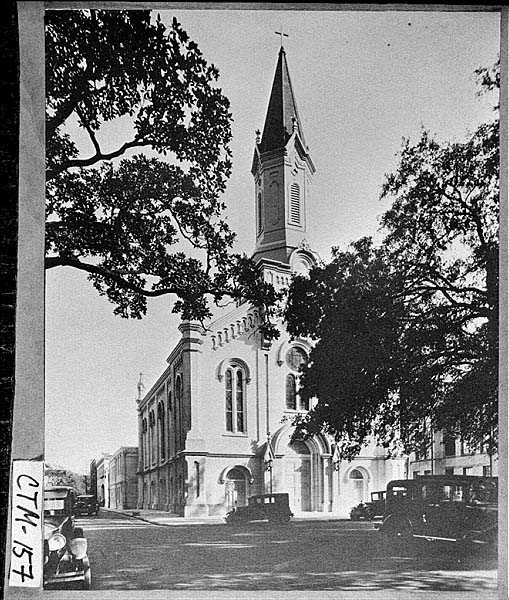
The political and military conflicts of the Civil War (1861-65) era disrupted church attendance and Lutheran commitment to missionary work. Sectional sentiment and the issue of slavery led to the breaking off of southern Lutherans from the General Synod of the United States in 1863, a move that Georgia’s Lutherans strongly supported. After the war, Lutheran churches struggled to retain members and raise cash for new facilities. Although in 1869 Atlanta’s Lutheran community successfully organized to found St. John’s, that city’s first Lutheran congregation, church rosters around the state steadily waned into the 1880s. The number of Black communicants on Lutheran rosters likewise declined to only a handful.
Twentieth Century
The late nineteenth and early twentieth century, however, saw a remarkable reversal of this downward trend as urban areas exploded in the state; indeed, by 1920 prominent Lutheran churches dotted the downtowns of Atlanta, Augusta, Macon, and Savannah and even stood in such small country towns as Plains and Senoia. The Georgia Synod was founded in 1860, but in 1922 a new synodical organization, the Missouri Synod, felt that it needed to be represented in the Atlanta area, and over the next thirty years it sent church planners to found mission churches in Athens, Atlanta, Columbus, East Point, and Rome, resulting in two synods in the state.
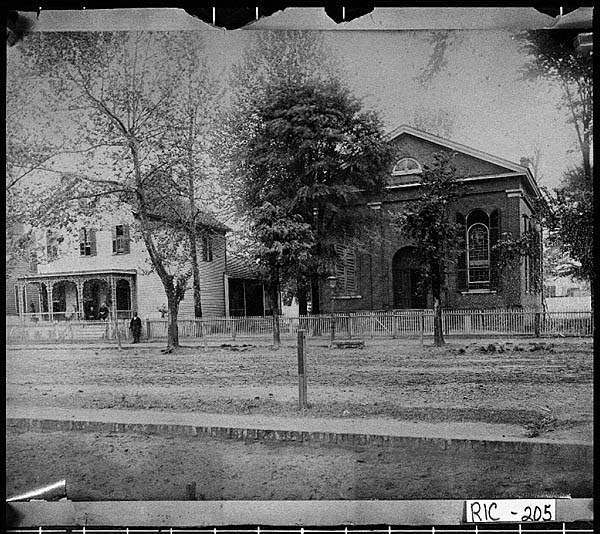
The Great Depression curtailed many of the denomination’s activities, whether church-building campaigns, Sunday schools, or missions work. World War II (1941-45), however, once more resuscitated Lutheran communities, bringing another round of church founding during the 1950s and 1960s, particularly in Atlanta’s expanding suburbs. By 1960 the American Lutheran Church had joined the synodical family of Georgia’s various Lutheran groups, and all together this assortment of synods maintained more than eighty churches in the state. In 2000 metropolitan Atlanta alone boasted more than eighty churches, a fitting testament to the notable presence of Lutheran communities in the state’s past and present.


